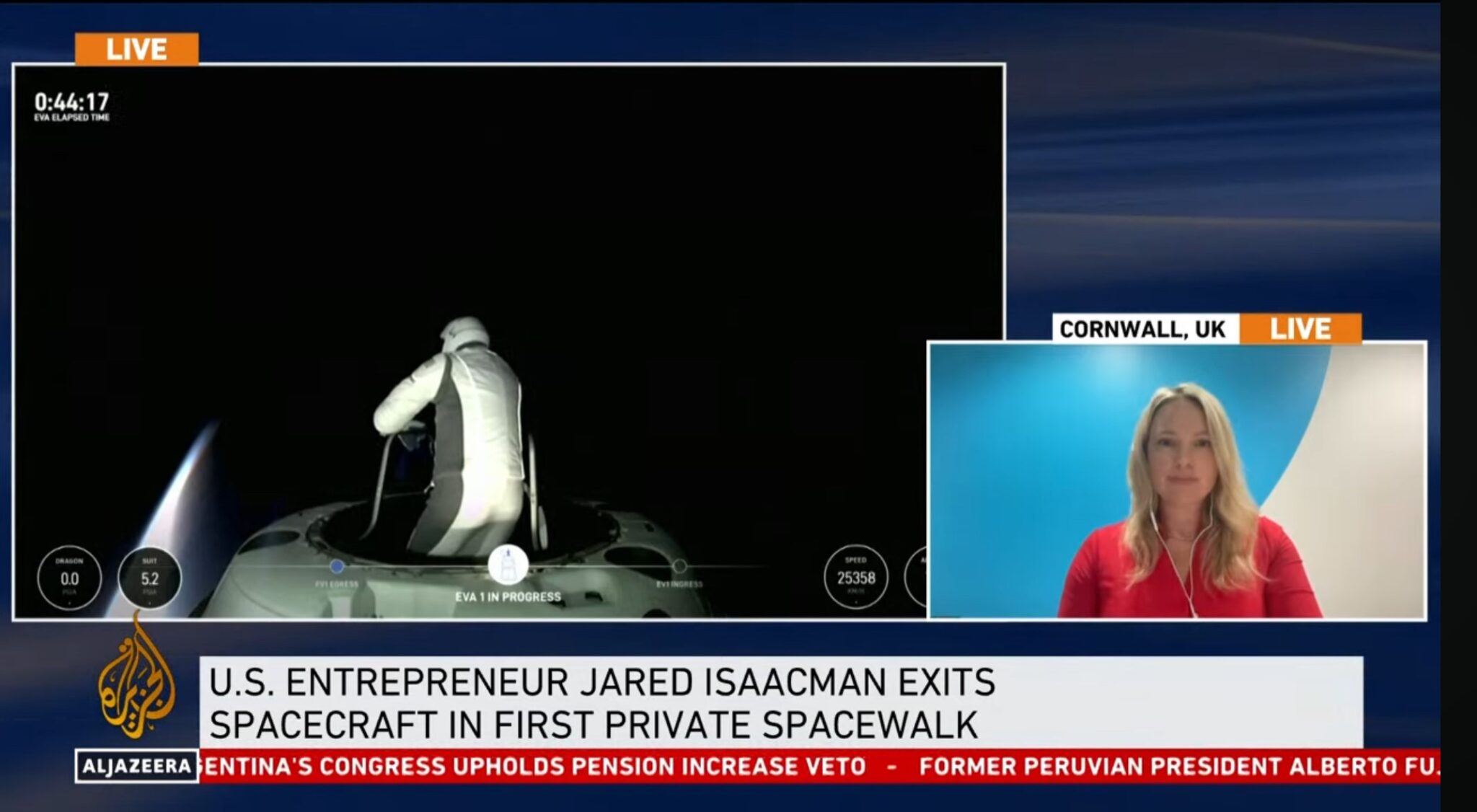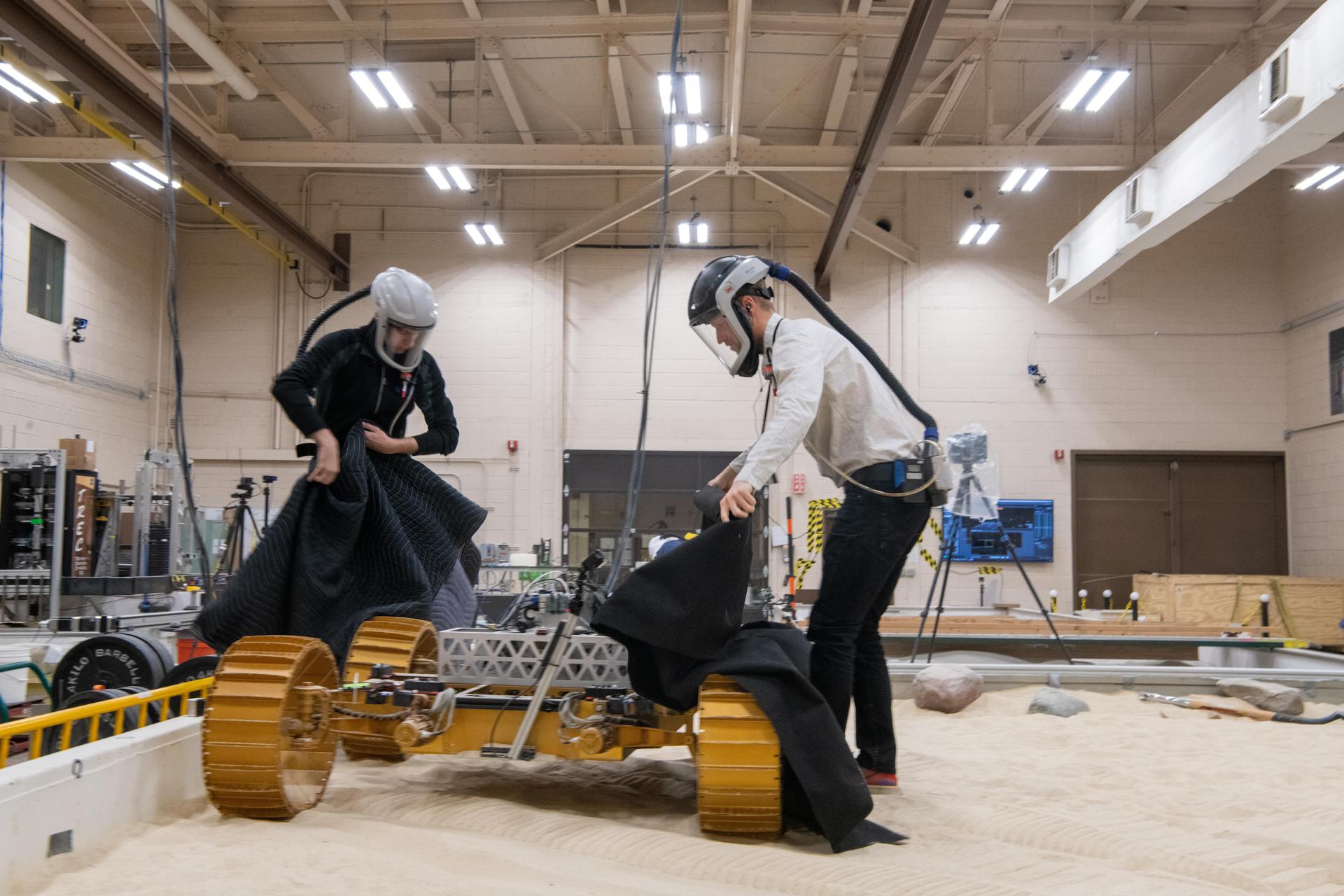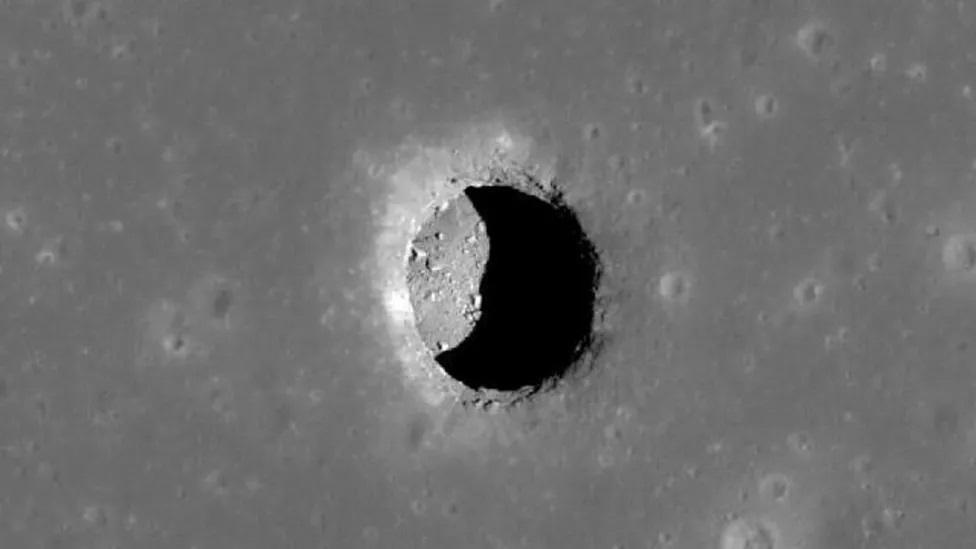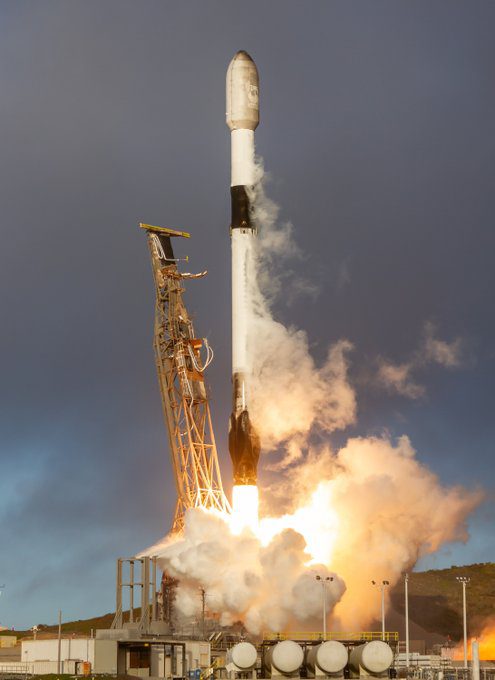The mission of the Herschel Space Observatory was formally declared over after liquid helium coolant ran out. Launched, in May 2009, the European Space Agency’s Herschel Space Observatory along with its 3.5 metre diameter mirror and extremely sensitive scientific instruments made it the most powerful infrared observatory ever launched.Astronomers used its infra-red images to make ground-breaking discoveries about the formation and evolution of stars, galaxies and planets.
Herschel carried over 2000 litres of liquid helium when launched by ESA in May 2009, allowing its instruments to be cooled to a few degrees above absolute zero (-273 C). Two of the instruments also contained internal coolers to get their detectors even colder – only a third of a degree above absolute zero. Over the course of the mission the helium slowly evaporated, with the tank having now finally run dry. Because none of the instruments can work without helium-cooling, Herschel’s operational life is now over.
The SPIRE (Spectral and Photometric Imaging Receiver) instrument, responsible for keeping all the spacecraft’s instrumentation cool, making images of the sky simultaneously in three submillimetre ‘colours’ and measuring the spectral features of atoms and molecules, was led by the UK. The spacecraft itself moved away from its halo orbit around the L2 Lagrangian poont and placed in a parking orbit around the Sun, but the analysis and evaluation of the data will continue for years to come.









